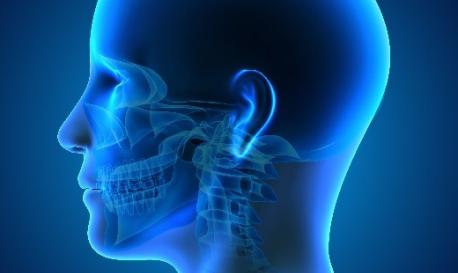Regenerative Medicine
Overview
Regenerative medicine harnesses the body’s growth and healing properties to repair or replace damaged cells, tissues, or organs. Researchers are drawing on the fields of stem cell and developmental biology, bioengineering, material science, and gene editing, among others, to develop safe and effective regenerative therapies. Dental, oral, and craniofacial regenerative medicine holds great promise for treating a variety of injuries, conditions, and diseases, including repair or replacement of teeth, cartilage, joints, bone, and other tissues.
How is NIDCR Investing in Regenerative Medicine Research?
NIDCR invested about $52 million in basic, translational, and clinical regenerative medicine research in fiscal year 2017.
NIDCR supports research to develop evidence-based regenerative medicine therapies and speed their translation from the laboratory to the clinic.
Examples of NIDCR-supported research include:
- Microengineering blood vessels – developing techniques to grow nutrient-carrying blood vessels that more effectively integrate with implanted cells and tissues, thereby promoting survival of engineered tissue.
- Generating stronger cartilage – exposing cartilage cells in the laboratory to physical forces like those that occur naturally during development to produce cartilage that’s nearly as strong as natural cartilage.
- Jumpstarting clinical trials – accelerating promising regenerative therapies by investing in infrastructure to improve the efficiency of preclinical studies, which are required before testing new treatments in humans. NIDCR established the multidisciplinary Dental, Oral, and Craniofacial Tissue Regeneration Consortium (DOCTRC) to achieve this goal and currently supports two resource centers to facilitate the translation process.
- Building bone from scratch – using stem cells from human fat tissue to grow bone that can successfully integrate into surrounding tissue in an animal model.
- Gene therapy to treat dry mouth – re-engineering salivary gland cells to produce a water channel protein called aquaporin, thereby increasing the flow of saliva to alleviate dry mouth. This regenerative therapy is being tested in a clinical trial in people whose salivary glands have been damaged by radiation therapy used for head and neck cancer treatment.
Additional Resources
- Regenerative Medicine Innovation Project
Established by the 21st Century Cures Act to accelerate progress in regenerative medicine, this initiative is a trans-NIH effort, in coordination with FDA. - National Academy of Medicine Forum on Regenerative Medicine
NIH participates in this effort to engage in dialogue that addresses challenges in translating experimental regenerative medicine approaches into safe and effective new therapies. - Dental, Oral, and Craniofacial Tissue Regeneration Consortium (DOCTRC)
NIDCR supports two resource centers for advancing the translation of innovative tissue engineering/regenerative medicine technologies:
July 2024

